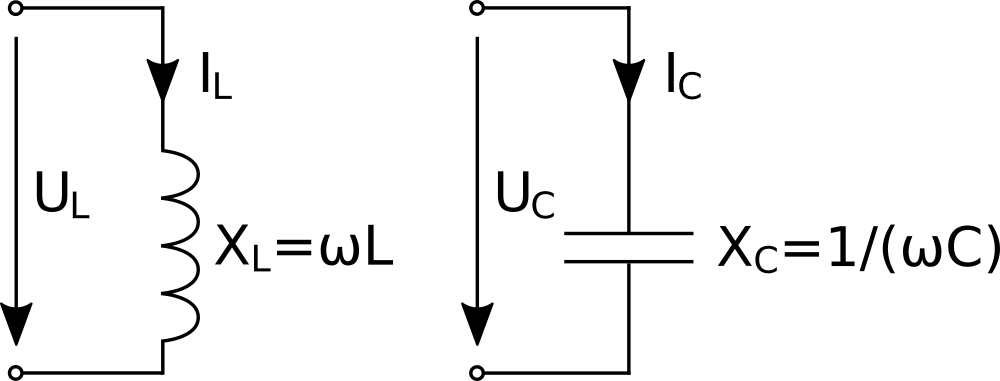Wireless technology uses the propagation of electromagnetic fields for the transmission of information. Generally this requires a transmitter for the emission of signals and one or more receivers. The two major transmission modes work via radio frequencies (RF) and light waves, for instance in the infrared (IR) spectrum.
For radio frequencies transmitters generate alternating electric currents stimulating antennas into the emission of radio waves. Those radio waves then stimulate antennas on receiver side which revert electromagnetic waves back into alternating electric currents. Because of the direct conversion between alternating currents and electromagnetic waves, their frequencies match for RF transmissions.
In contrast, in wireless technology involving light waves the frequencies of electric currents interacting with light emission and reception devices don’t match the frequencies of emitted light waves. Therefore, RF and IR systems differ in technologies regarding the generation and amplification of electric signals.
Electromagnetic Spectrum
The RF spectrum starts at about 20 kHz and reaches up to 3,000 GHz. In wavelengths, this translates to a range from 15 kilometers to 0.1 millimeters. The far infrared (FIR) region of the spectrum starts at wavelengths of around 350 μm or 0.35 millimeters. There is thus no clear distinction between the RF and IR sections of electromagnetic waves. Radiation in the far and mid infrared region stimulates the movement of molecules reflected in the temperature of materials. The near infrared (NIR) region ranges between wavelengths of 2.5 μm and 0.75 μm, the upper boundary of visible light. Red light then starts at 750 nm and the visible spectrum ends with violet light at a wavelength of 380 nm. The ultraviolet (UV) range, where radiation ionizes atoms, starts at 400nm, overlapping somewhat with the visible spectrum.
Frequency Bands for Wireless Technology
Only the RF band and the NIR to visible light sections of the electromagnetic spectrum are currently useful for wireless technology. That leaves us with frequencies from 20 kHz to 3,000 GHz for RF and 120 THz to 790 THz for IR to visible light transmissions.
Electrical Engineering
Electrical engineering is a core discipline of wireless technology, as both RF and IR transmissions translate between electromagnetic waves and electric circuitry. Therefore, this website features a section for applied electrical engineering.

References
Electromagnetic spectrum: Wikipedia.org
Radio spectrum: Wikipedia.org
Far infrared spectrum: Sciencedirect.com